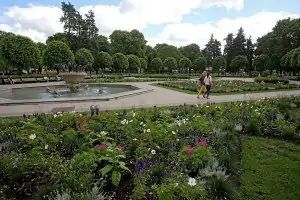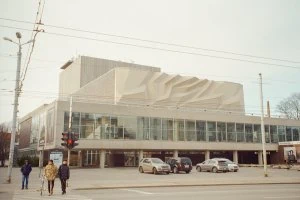While still grappling with its reputation as a famous crime scene spot in the 90s, today, the district is a tranquil outdoor gallery of wooden houses and religious temples.
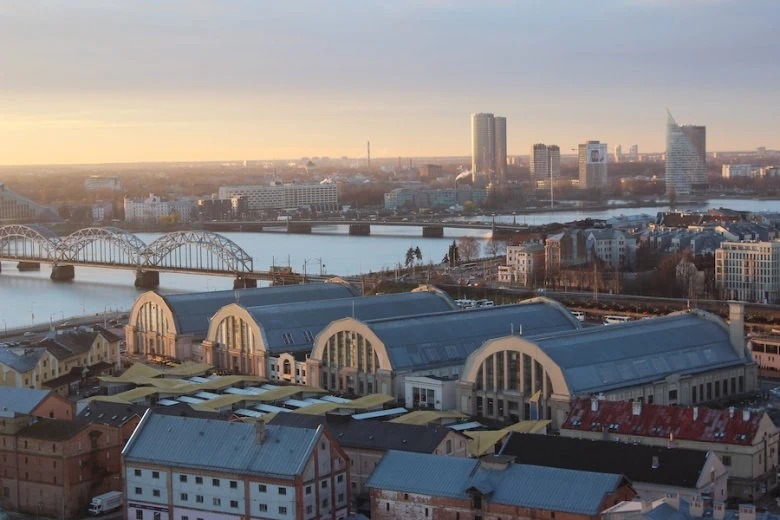
The Central Market
Erected in the 1920s, the Central Market is one of the biggest and oldest marketplaces in Europe and a UNESCO's World Heritage List site. The market was established on the site of former military airship hangars. Today market is a vibrant site, beloved by the locals and tourists alike and a year-long treasure trove of local produce.
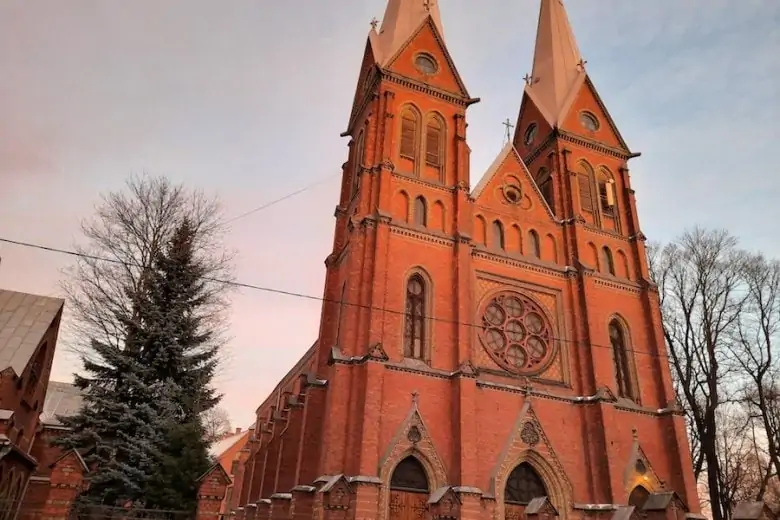
Churches
The district captures how diverse is the country's religious profile. Here you can find impressive places of worship of different confessions. Some of the highlights are the red-brick neo-gothic marvel, the St. Francis Roman Catholic Church, the curvy Orthodox Church of St. John the Precursor, Orthodox Church of the Annunciation of Our Most Holy Lady and The All Saints Orthodox Church. The Lutheran Church of Jesus – one of the largest wooden churches in Europe.
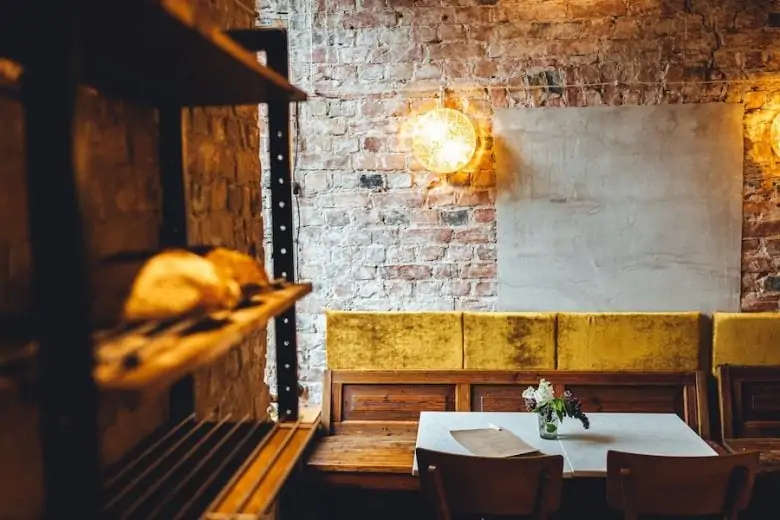
Katkevich café
This little sourdough temple is situated on the side of the busy Lāčplēša street, right before the Salu Bridge. Come here for a fresh loaf of sourdough (which tastes best with caramelized butter) or grab one of the few tables in their tiny but cosy Mid-Century styled space. They serve hearty breakfast dishes all day. Think scrambled eggs done to perfection and a hearty bowl of smoked trout salads.
- Address:
- Lāčplēša iela 114
- Tel.:
- 27 734 777
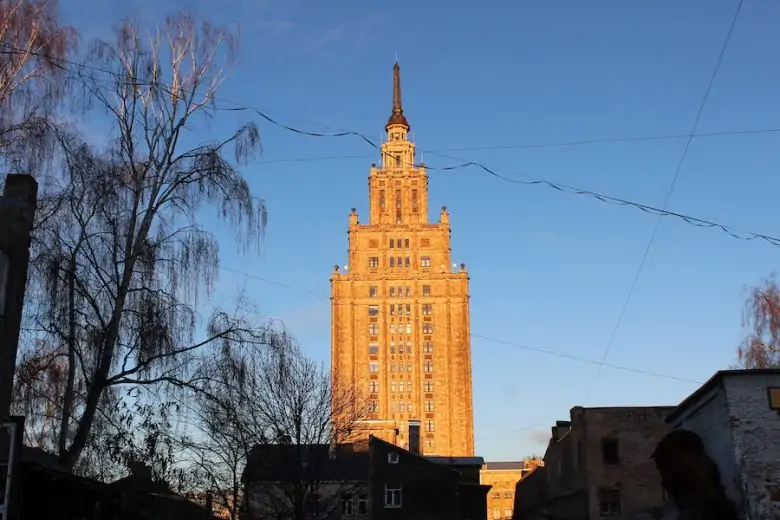
The Academy of Sciences
Nicknamed "Stalin's birthday cake", the Academy of Sciences is a stately example of Soviet Classicism. It was the first high-rise in Latvia. Today, on the building's 17th-floor balcony at the height of 65 metres, is a viewing platform offering uninterrupted views of the red roofs of the Old Town and the Daugava River banks. It has a sister building – the Palace of Culture in Warsaw.
- Address:
- Akadēmijas laukums 1
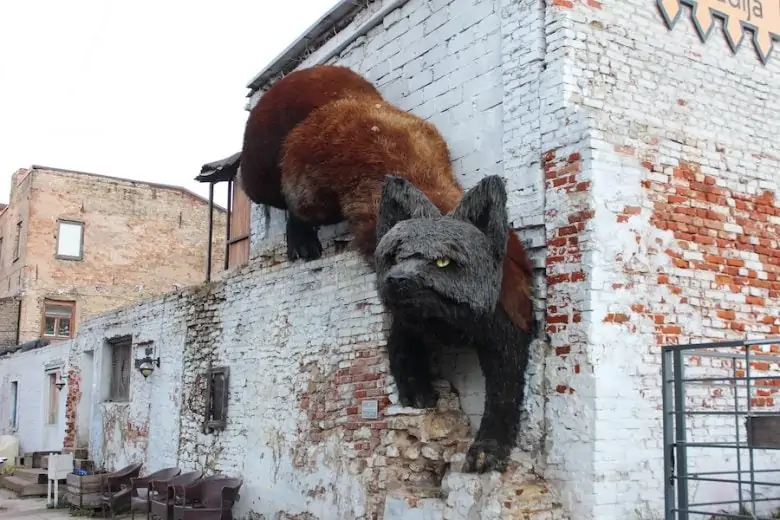
Lastādija
Lastādija is a creative space that's hard to put in defining borders. It's a brainchild of Free Riga movement that breathes new life in the city's buildings left in despair. Deriving from the German name last meaning cargo, Lastādija is how the area was called in the 14th century when Riga was a member of the Hanseatic League. Inhabiting three 19th century wooden dwellings on Vilhelma Purvisa street, Lastādija frequently hosts many events, from chess tournaments to bike repair workshops and jam sessions.
- Address:
- Vilhelma Purvīša iela 15
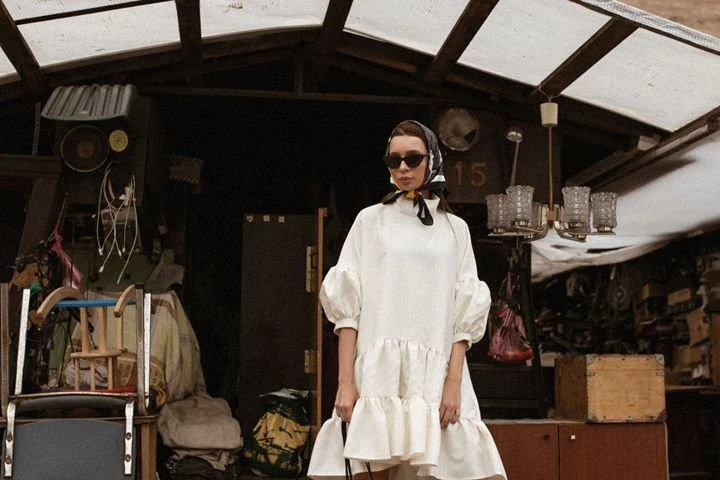
The Market Latgalīte
This daily flea market is a real spectacle for those craving Soviet-themed trinkets. Here you can find everything from vintage fashion items to cassettes and cheap homeware from China. Just beware of the pickpocketers.
- Address:
- Firsa Sadovņikova iela 9A

The remnants of the Jewish Ghetto
In the territory that during WWII was Jewish Ghetto now resides the Riga Ghetto Museum. Housed in a 19th-century warehouse and stables, the stately museum commemorates over 70,000 Latvian Jews victims, and about 25,000 Jews from other European countries brought to Riga to be murdered. In the last sixty years, the museum territory has stayed intact. Steps away from the Ghetto museum are the remnants of the Great Choral synagogue and a monument devoted to it. In 1941, the synagogue was burned down. In 2007 the monument was erected on-site to honour the locals that saved the Jewish during the Holocaust.
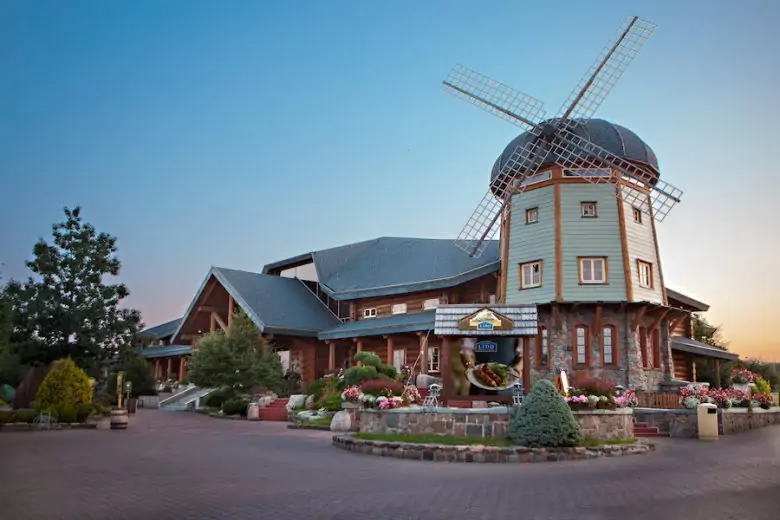
LIDO
Lido is a household name that doesn't need explanations. It is where locals will direct you for an affordable traditional Latvian fare. The restaurant's building claims to be one of the biggest log buildings in Europe. The vast grounds around it features carousels, trampolines and other fun offers for the little ones; thus, this is a fitting venue for a family day out. During the winter, there is an ice rink on site that changes into a rollerblading rink in the warm season.
- Address:
- Krasta iela 76

Ķengaraga promenade
A fresh cycling lane connects the city centre to the Eastern outskirts – the multi-storey housing neighbourhood called Ķengarags. The promenade is loved by cyclers, joggers, strolling families, as well as a bevvy of swans floating at the banks of River Daugava. In the East ends of the promenade resides the remains of Mazjumprava manor encircled by a lush forest.



